Niacin is a key structural component of two coenzymes, which play a vital role in numerous reactions that turn carbohydrates, fats and protein into energy.
Niacin coenzymes are also involved with cell signaling, gene transcription and cell differentiation.
Recommended Dietary Allowances for Niacin
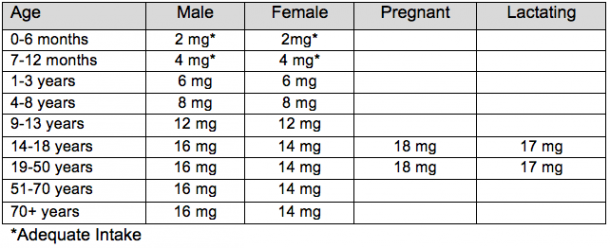 Source: Food and Nutrition Board, Institute of Medicine, National Academies
Source: Food and Nutrition Board, Institute of Medicine, National Academies
Which Foods Have Niacin?
Salmon
Beef liver
Chicken
Halibut
Duck
Turkey
Swordfish
Enriched white rice
Veal
Pork
Beef
Lamb
Wheat germ
Whole wheat flour
Trout
Buckwheat groats
Peanuts
Tomato sauce products
Haddock
Lentils
Sunflower seeds
Potatoes
Catfish
Peas
Peaches
Couscous
Bulgur wheat
Oysters
Scallops
Most ready-to-eat cereals are enriched with niacin. Wheat flour and cornmeal are also usually enriched, and items made with these, such as pasta, breads and baked items, can be good sources of niacin.
What Happens If You Don’t Get Enough Niacin?
Pellagra is the syndrome associated with severe niacin deficiency. Pellagra was once common in the southern US, in impoverished areas where corn was a major staple of the diet.
While corn does contain niacin, other substances in corn prevent the niacin from being utilized, resulting in niacin deficiency. One highly visible symptom of pellagra is a thick dark scaly skin rash, especially on areas exposed to sunlight. Other symptoms are diarrhea, a red tongue, headache, depression, fatigue and memory problems.
Diet surveys show that average intake of niacin from food exceeds the Recommended Dietary Allowance.
Certain forms of niacin in high doses are used to treat high cholesterol. This type of treatment can be effective for some people, but this is an example of using a nutrient more like a drug. This does not mean elevated cholesterol level is a sign of niacin deficiency. High dose niacin does have some side effects and should not be used with out a doctor’s supervision.
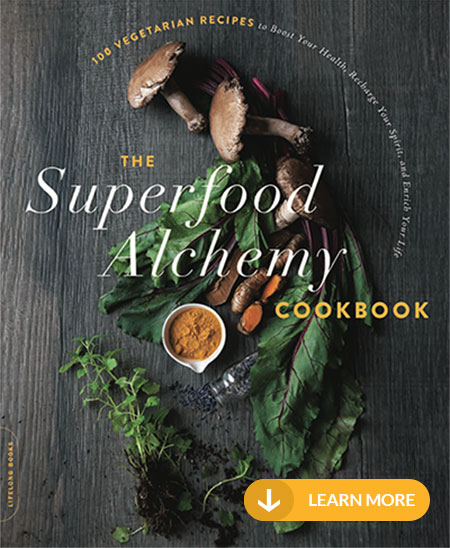

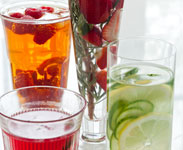 Are you ready to look better, feel more energized, and get back that youthful feeling you remember having as a kid? I can help you on a journey that will change the way you eat — for good. My
Are you ready to look better, feel more energized, and get back that youthful feeling you remember having as a kid? I can help you on a journey that will change the way you eat — for good. My 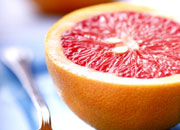


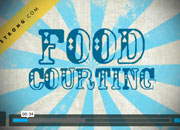
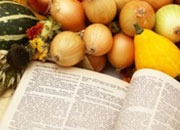
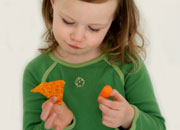






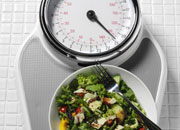


 As a healthy cooking expert, health coach and TV host,
As a healthy cooking expert, health coach and TV host, 
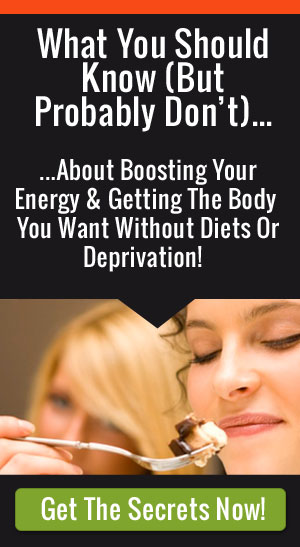
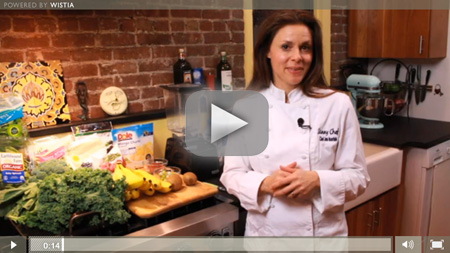
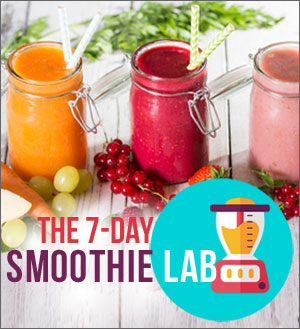
Speak Your Mind